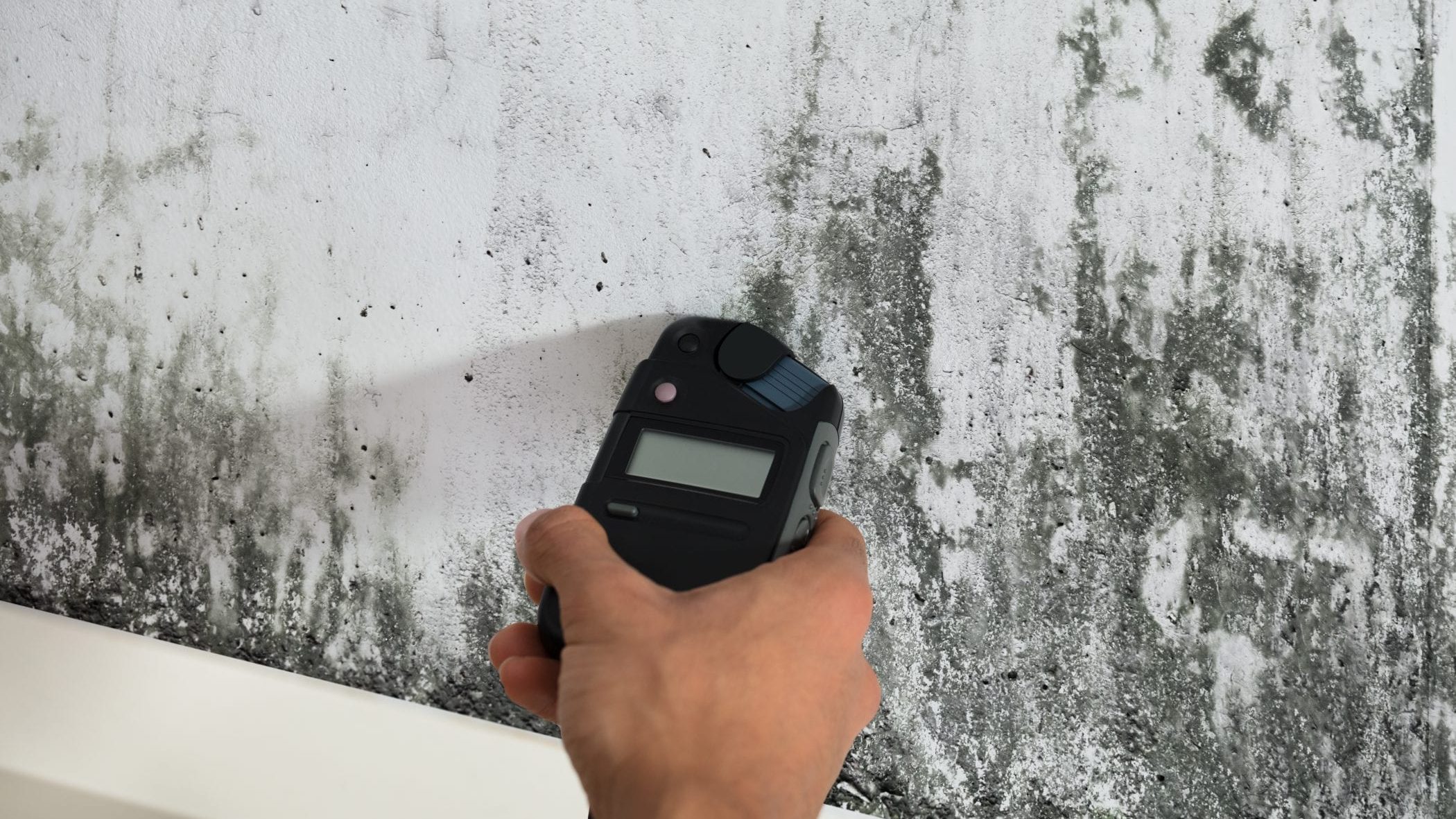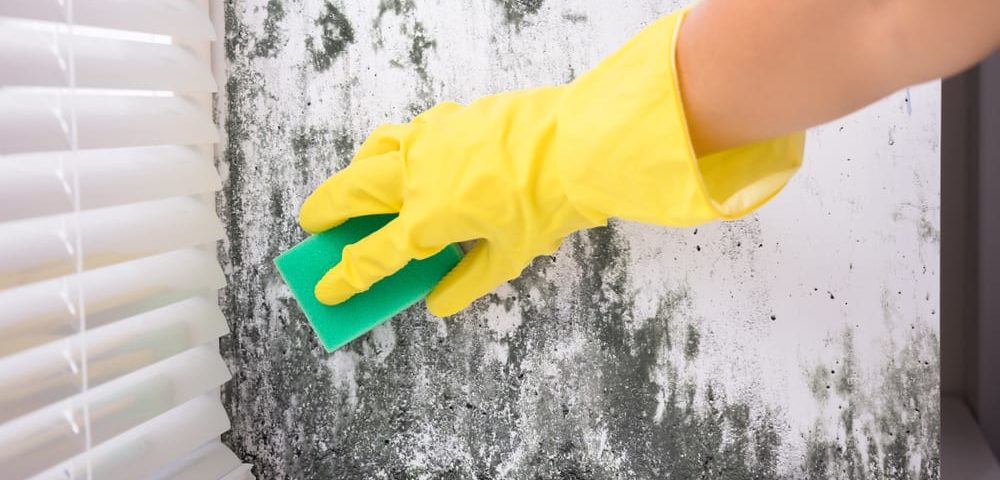Beware of Insidious Mould Growing after the Floods and Persistent Damp

New research that might surprise you
December 9, 2021
Are You Troubled by Anxiety
April 29, 2022Could mould mycotoxins be making you sick? High humidity and persistent damp are a perfect recipe for mould.
We have experienced a very wet, damp, humid summer in the Northern Rivers and my heart goes out to those affected by the floods. Now after the clean up a hidden danger lingers. Mould can hide in places you least expect it and be a silent aggressor sitting in the background making you sick.
Please be wary of areas that have been washed down and left without removal. Plaster board affected by flood water must be removed, the frame treated for mould and allowed to dry adequately before re lining the walls. It is not ok to paint over mould or wipe it down with bleach. It grows back more extensively. A quick fix is fraught with danger.
Often women are more affected by mould because estrogen increases the histamine reaction to mould. Men are more protected by testosterone so you could both live in the same house and only one gets sick. Genetic susceptibility and poor detoxification issues can also play a part.
The list of mould illness symptoms is extensive:
- A stuffy nose
- Wheeze or dry cough
- Asthma and/or phlegm in the throat or chest
- Low energy or fatigue
- Brain fog
- Skin rashes
- Itchy or red eyes
- Headaches
- Weakness
- Muscle aches and cramps
- Sensitivity to bright light
- Unusual pain
- Abdominal pain, nausea, diarrhoea
- Coughing, chest pain, shortness of breath
- Joint pain with morning stiffness
- Cognitive impairment
- Skin sensitivity to light touch
- Numbness and tingling
- Sensitivity to electrical shocks or feeling like internal vibration (electric shock)
- Metallic taste in the mouth
- Excessive thirst
- Menorrhagia
- Disequilibrium and dizziness
- Appetite swings and weight gain
- Anxiety and depression
- Mood swings
- Night Sweats
- Frequent urination
- Body temperature dysregulation
- Impotence
- Odd tics and spasms and seizure like events
- Insomnia
How do we test for mould exposure?
Internal health tests for you
A simple urine test or nasal swab done in the privacy of your home can detect the presence of mould or fungi that could be making you unwell. In the urine, we test for metabolite waste products of the mould with a test called organic acids.
Organic acids testing also picks up on candida, functioning of your energy factory at a cellular level, nutrient deficiencies and liver function. This lets us know how the mould is affecting the rest of your body. If the presence of mould is detected in the organic acids we may do a more detailed urine test to assess your body load of mycotoxins produced by the mould and the type of mould exposure we are dealing with. This allows us to be more specific with treatment if we now the type of mould present.
A nasal swab will test for the presence of bacteria and fungi. Once we know what you are dealing with, it provides clarity and a direction for treatment.
How to test your environmental exposure

First of all, check for water leakage and evidence of mould on leather goods, walls, inside cupboards, or a white dust under shelves. A building biologist can assess your home or workplace for mould and make suggestions for remediation of an affected area. Sometimes mould can be hidden behind walls. If you are not sure about the presence of mould or the type, test plates can be left in a room to assess what grows. Remember, a musty smell is mould.
If you confirm mould exposure, what do you do?
The first thing all experts say you must do is to remove the exposure. This may be remediating your house which could be replacing walls, or in severe cases, moving out. This can be a very difficult decision to make.
Once free of exposure, we can help you start to eliminate the mould mycotoxins from your body. This takes time and can be complex. The severity of your exposure, the health of your detoxification pathways, and genetic susceptibility determine the time needed to get well.
It is important to work with a functional medicine practitioner that can get to the root cause of your symptoms and prioritise treatment.
What we do know is that mould cloggs up your bile. So why is that an issue?
Bile is made in the liver, stored in the gall bladder and poors into the digestive tract when we eat, particularly fatty foods. The liver’s ability to eliminate toxins depends on free flowing bile. Mould blocks the flow of bile and therefore drainage of toxins from the liver. Toxins then back log and make you sick.
If you feel you may be experiencing symptoms of mould illness or have had symptoms for a while and can’t pin down the cause, give Verona Chadwick a call on 02 66252925 or send a contact request HERE
Avail yourself of my FREE 20 minute chat either by phone or online
Please send me a message on the contact page and I will get back to you



